Loreto
Loreto Palace was named after the town of Loreto, Italy, where the dwelling of the Virgin Mary was said to have been brought by angels from Palestine in the 13th century. The beautiful Loreta church is an important pilgrimage site, commissioned by Baroness Beligna Katherina von Lobkowicz in 1626.
After completion, Loreta was maintained by the Capuchins, an order connected with the St. Francis of Assisi's Brotherhood.
This historical building was created to promote the legend of Santa Casa, a copy of the house believed to be the Virgin Mary's. This Santa Casa copy, complete with original fresco pieces and the statue of Our Lady of Loreta, sits in a delightful courtyard surrounded by chapel-lined arcades.
Something that should definitely not be missed is the 'Prague Sun' and its 6000 diamonds in the Treasury, and the 27-bell playing every hour at the entrance.
Hradčany
Prague Castle - Hradčany from the beginning of the 9th century was the seat of kings, rulers, and serves today as a working place for mayors and other officials.It is not just a castle this is the entire complex of buildings, churches, cathedrals, historic monuments, museums.The main entrance to the Prague castle is the place called Hradčany Square. At the main entrance there are guardians, which, like those in England, stand motionless.The gate is adorned with statues of giants in the battle. In the second campus is Kolova fountain and chapel Saint Cross. The gate on the north side of the second garden leads to the royal gardens, galleries of Prague castle with displayed works from the period of the reign of Rudolf II and the royal stables.
Cathedral St. Vitus
The enormous Prague Castle complex includes many fine buildings, St. Vitus is the one that dominates the city skyline and is visible from far and wide. The spiritual symbol of the city and the Czech state, which inevitably must visit. A Gothic masterpiece, work on the cathedral was commissioned by Charles IV and began in 1344 upon the site of an earlier 10th century . It took nearly six centuries to complete.
Its first builders, Matthias of Arras and later Peter Parler, built the chancel with a ring of chapels, St. Wenceslas Chapel, the Golden Portal and the lower part of the main steeple.
The final phase of construction only ended during the period 1873-1929.
As well as being the largest and most important temple in Prague, St. Vitus Cathedral also oversaw the coronations of Czech kings and queens. In the chancel of the cathedral, in front of the high alter, is the royal mausoleum. Below this, in the crypt, there are the royal tombs. Czech kings and queens and patron saints are interred here.
A tower of the cathedral can be visited only by the 287 stairs. Exhausting but when you reach the top you have a sight at the whole city worth of one million of something .... hahaha!
Charles Bridge is a stone Gothic bridge that connects the Old Town and Malá Strana. It was actually called the Stone Bridge (Kamenny most) during the first several centuries. Its construction was commissioned by Czech king and Holy Roman Emperor Charles IV and began in 1357. It's said that egg yolks were mixed into the mortar to strengthen the construction of the bridge.
Charles Bridge is one of the many monuments that were built during Charles's reign but it is not the first bridge that ever connected the Prague banks of the river Vltava. Another bridge used to stand in its place - the Judith Bridge, which was the first stone bridge over the river. It was built in 1172 and collapsed in a flood in 1342.
Charles Bridge has survived many floods, most recently in August 2002 when the country experienced the worst flood in the past 500 years.
There is a tower standing on each end of the bridge, on the Staromestska vež on the Old Town and on the Malostranska vež on the Mala Strana. You can climb to the top for a view of Prague and the bridge from above. I haven't done it yet I left it for the next time.
About 30 Baroque statues began to be placed on either side of Charles Bridge in the 17th century. Now many of them are copies and the originals can be seen in the Lapidarium. The most popular statue is probably the one of St. John of Nepomuk, a Czech martyr saint who was executed during the reign of Wenceslas IV by being thrown into the Vltava from the bridge.
To be continued....
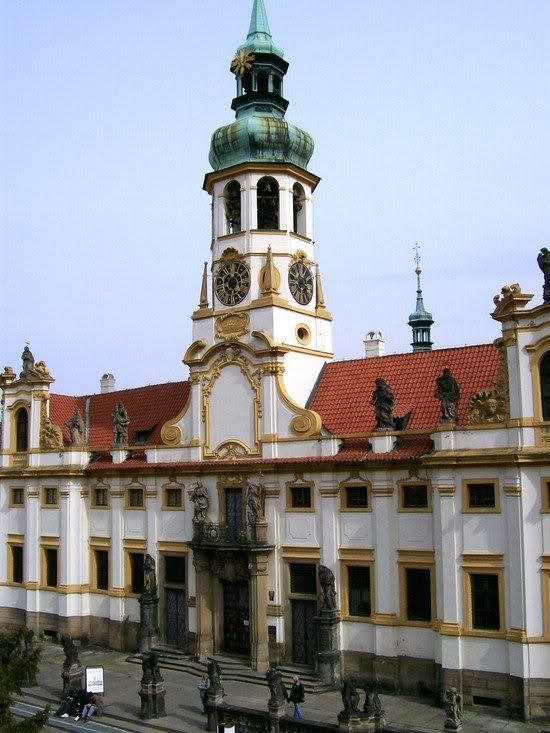
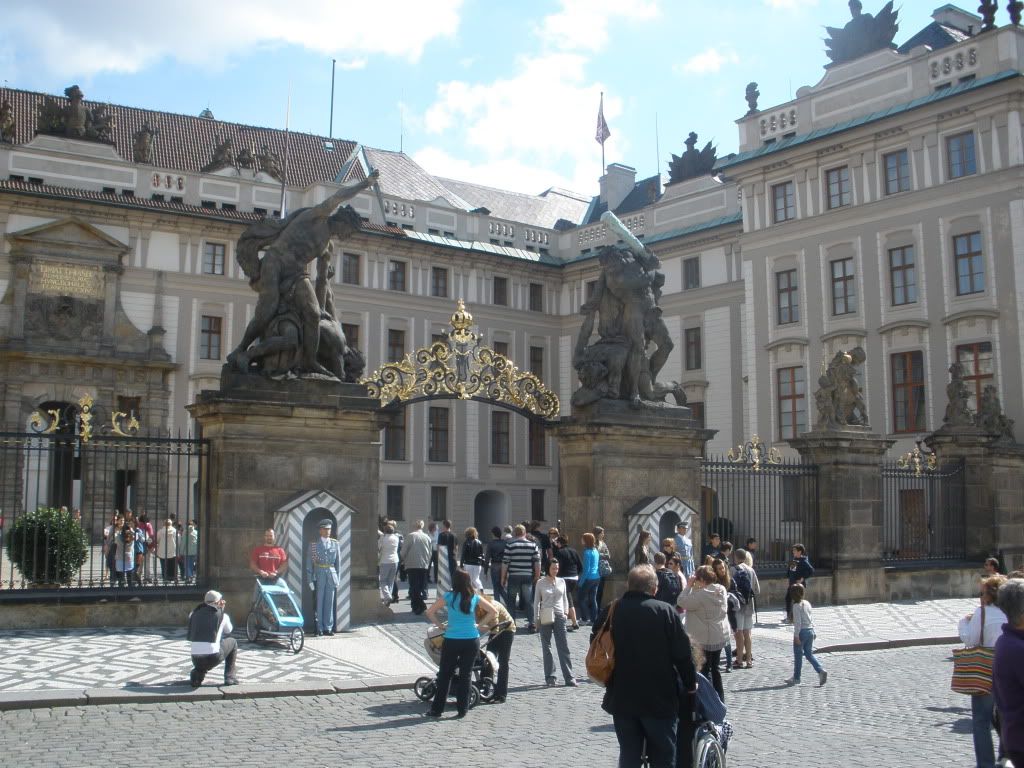
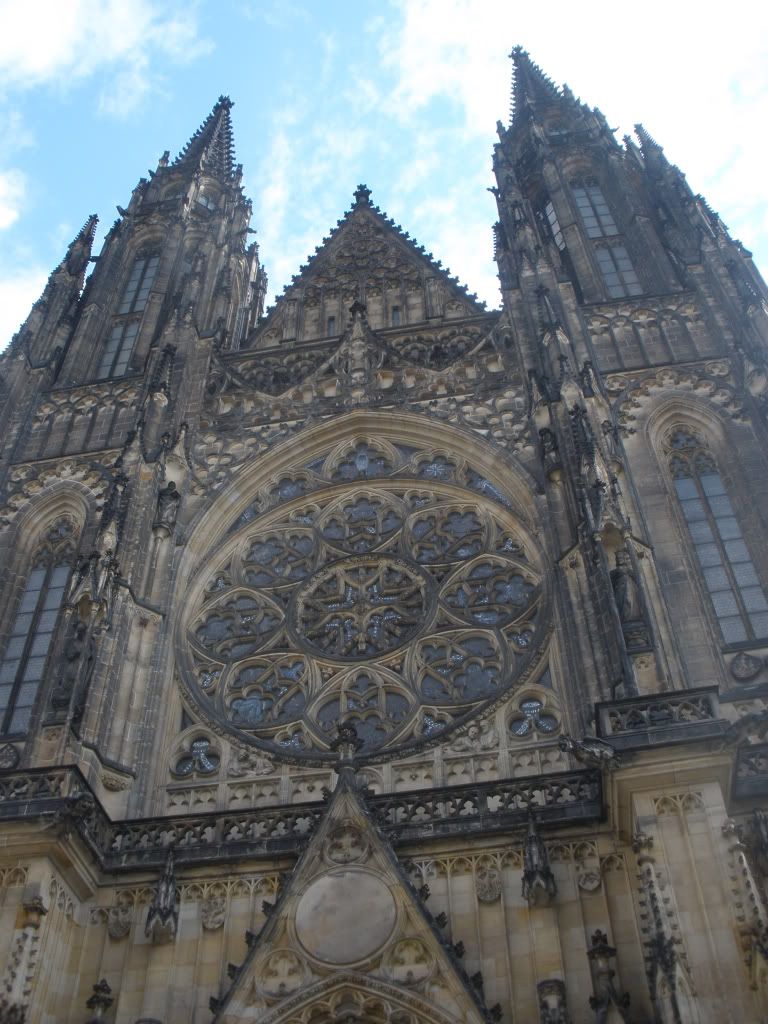
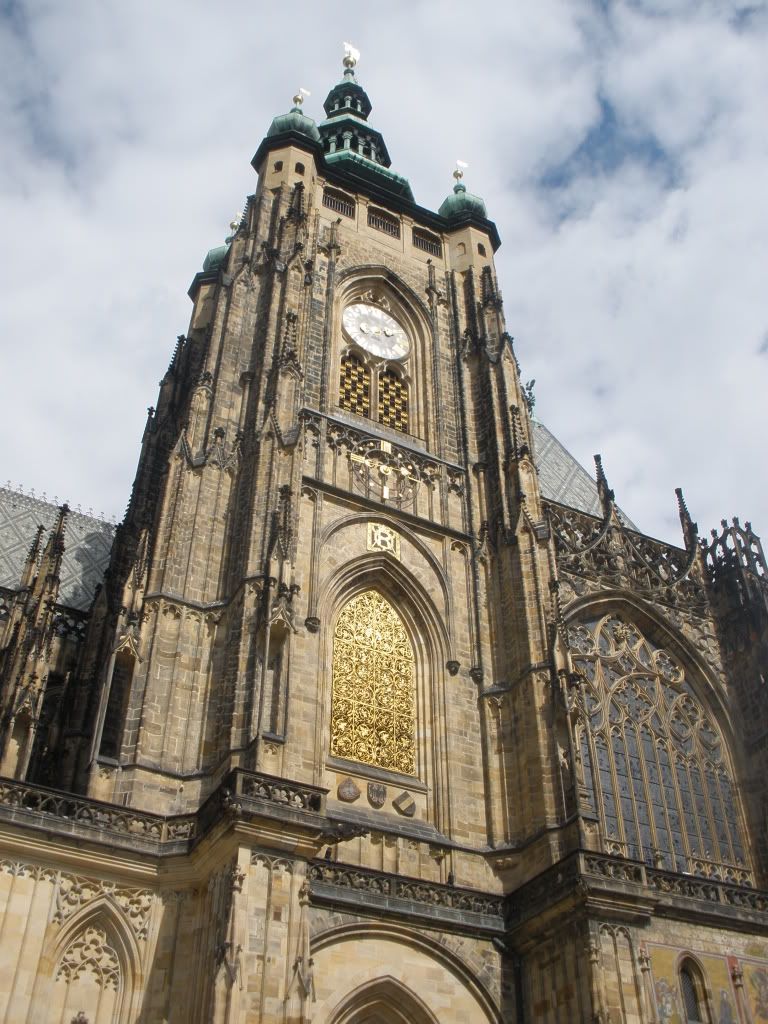
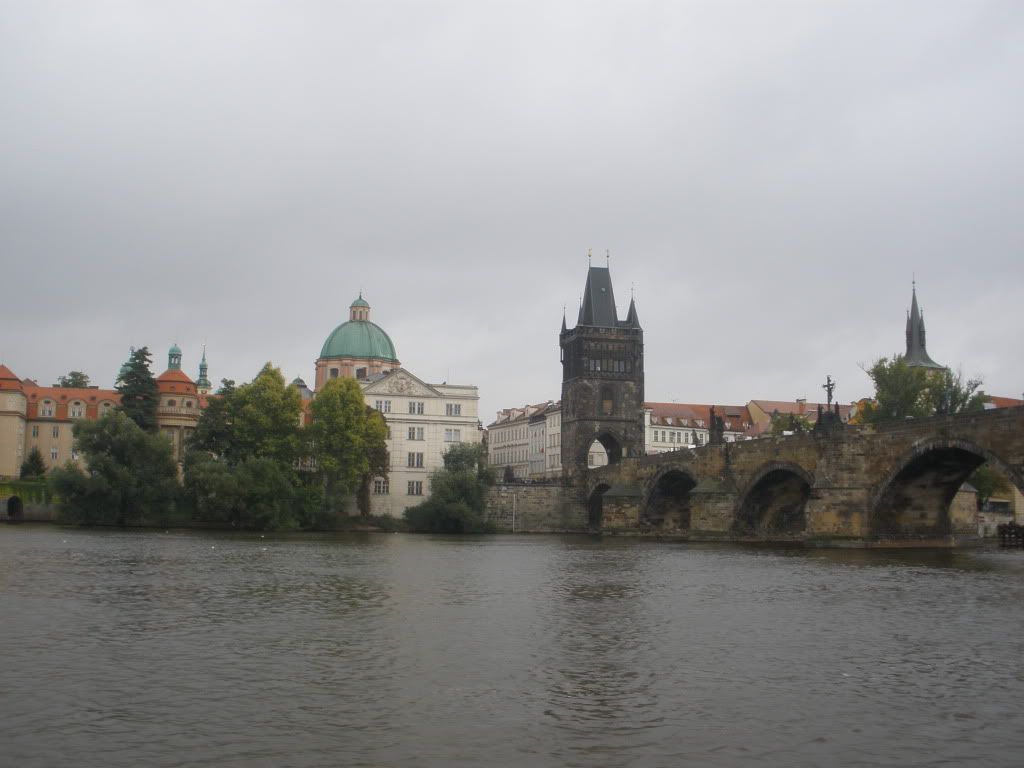


Nema komentara:
Objavi komentar